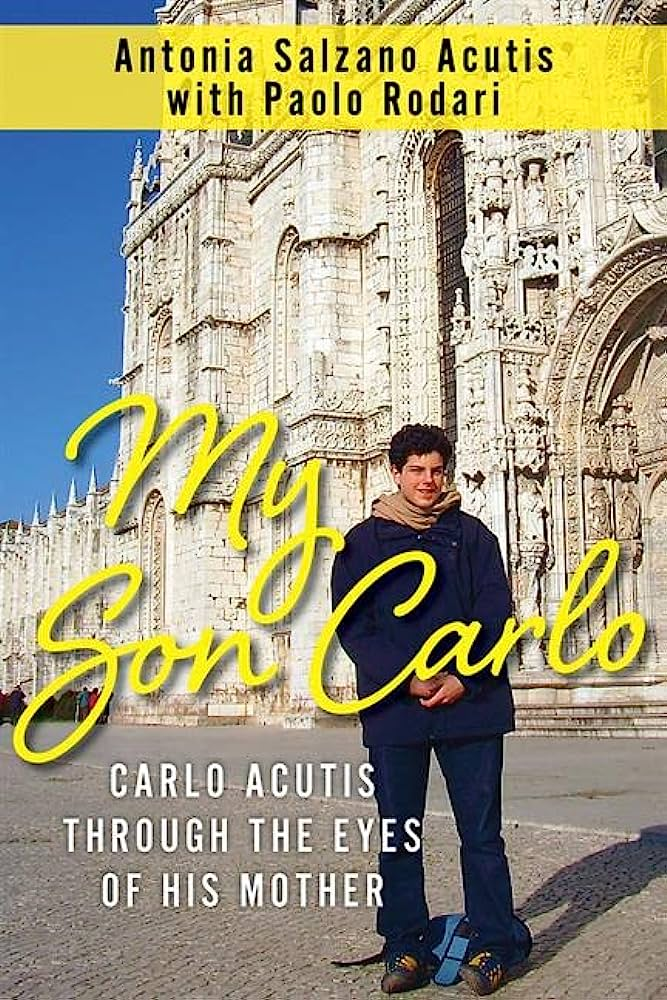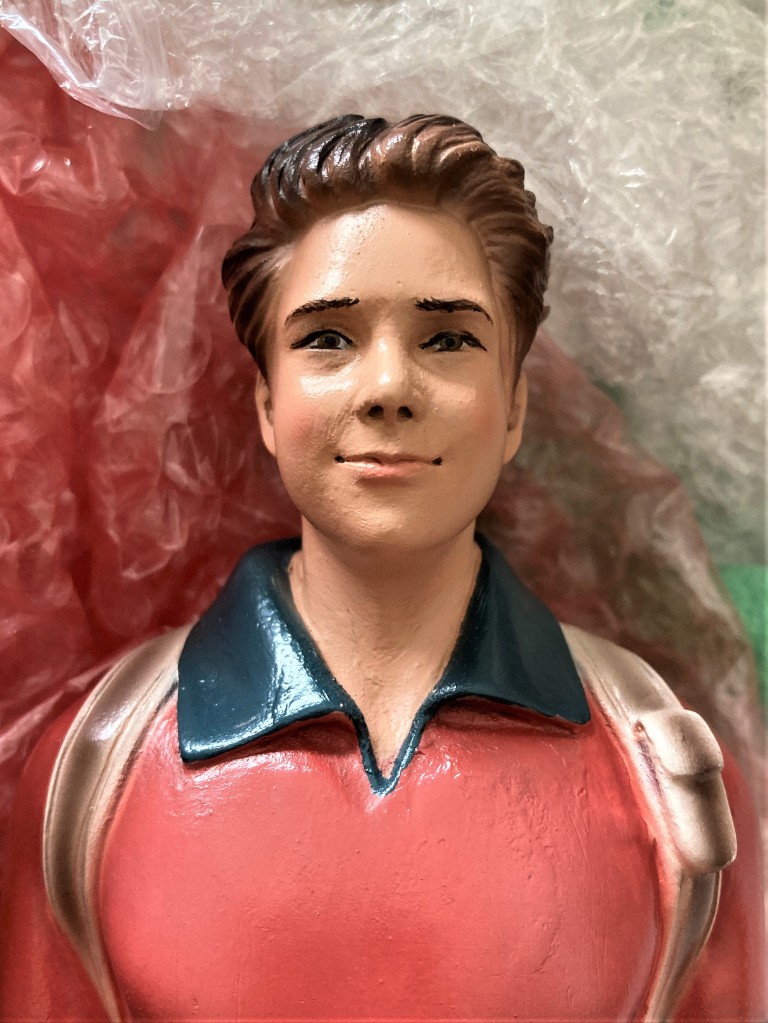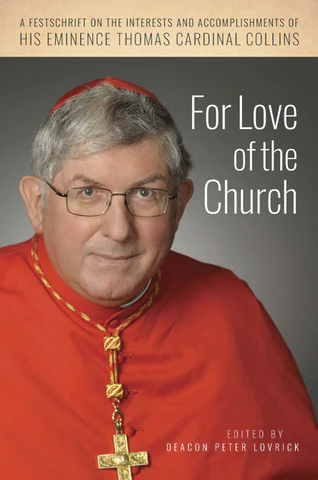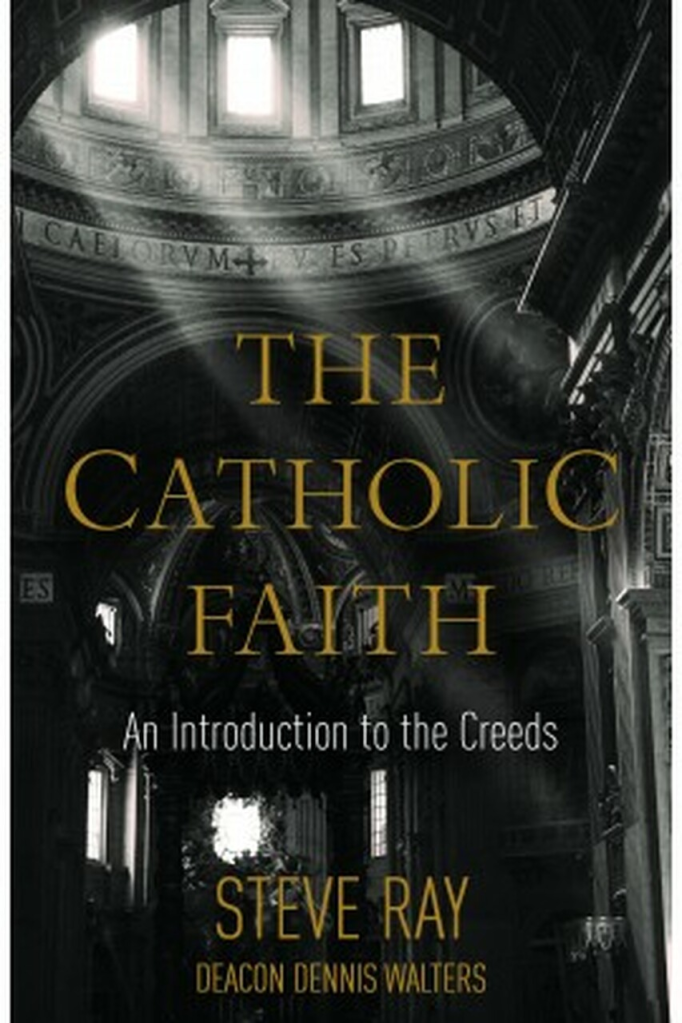
As many of you know, The Catholic Man has a great devotion to Bl. Carlo Acutis, or in more secular terms, a fan of his. It is no wonder why many English materials about Carlo Acutis has been featured on our blog. You have heard from a priest serving in Assisi, from a french priest, from a fiction writer, from the postulator, but now, Our Sunday Visitor is giving you the opportunity to hear from his mother.
Almost a year after Carlo’s beatification, the Italian publisher, Piemme, released a book titled, Il segreto di mio figlio: Perché Carlo Acutis è considerato un santo (The Secret of My Son: Why Carlo Acutis is considered a saint) by his mother, Antonia Salzano Acutis with Paolo Rodari (a journalist from Milan). I have been waiting for the English version of the book for quite some time, and was excited when I found out that the book was finally being published early 2023. There is excitement because, first of all, I can’t read Italian, but secondly and more importantly, who better to tell the story of Carlo Acutis than directly from his mother?
Given that the book was done with a journalist, I thought this book would be more of an interview style, like that of Pope-emeritus Benedict XVI’s Last Testament: In His Own Words with Peter Seewald, or Stanislaw Cardinal Dziwisz’s A Life with Karol: My Forty-Year Friendship with the Man Who Became Pope with Gian Franco Svideroschi. These books were more conversational in tone, transcribed and then edited for clarity. None of Rodari’s questions are recorded in the book, and it seems to be mostly Antonia’s voice throughout the book. However, those who have watched talks given by Antonia (Italian with subtitles or English) will find that the book really does reflect Antonia’s figure of speech. This gives the book a sense of authenticity rather than a mother giving a testimony on her son. Anyone who have heard from Antonia would know of the passion when she speaks about her son’s relationship with Jesus and others. It is this passion that is translated into the book, and makes the book hard to put down. For the purposes of this review, I offer some reflections on after reading a variety of texts about Carlo Acutis, and his spirituality.
The Profoundness of Carlo’s Last Days
Many have probably read a biography of Carlo, stating that his he died within days of his diagnosis with leukemia. However, hearing the series of events that lead to his death on October 12, 2006, direct from his mother would help you reshape the way one looks at the figure of Carlo Acutis. The book starts off with Antonia recounting her son’s last days, which I found rather odd at first but seeing the location of such a chapter in the context of the whole book makes sense, because these events of his last days and weeks encapsulates well a lived spirituality that Carlo had, that was not limited to reflections written on paper, or catechetical lessons taught to young children. It was lived to the very end, and Antonia illustrates this well with her words.
How hard it is to lose a son? Antonia recognizes such difficulty, but Carlo’s spirituality was not something he kept to himself, but it was contagious, and it was precisely the contagiousness of his simple spirituality that it rubbed off on those around him, including his parents and gave them hope during one of the darkest moments of their lives. Antonia says in the book’s first chapter, “Thanks to Carlo, I did not arrive at his death unprepared. Even through the immense pain, I interiorized and made certain that death is not a part of God’s because death is a negative reality, while God is the God of life and of good things, my own. However, it exsits, but we can get through it together with him.” (Acutis, 31) It is with this in mind, that I can say that My Son Carlo is a book that points to hope. We must remember that Antonia and her husband were not practicing Catholics and it was through the witness of Carlo that lead them to see the importance of a deeper spiritual life and it this that prepared them for the long run. How wonderful is God’s mysterious plan in the midst of human uncertainty!
Antonia’s Anecdotes
What is one of the beautiful things of having a mother of a beatified milennial son is that the mother can tell their son’s story in a way that makes their life relatable to people of today. The book is filled with anecdotes on Carlo’s life, many of which I have read from various articles, but Antonia provides the supplementary details that brings authenticity to the story. An example, I have often read about Carlo’s love for dolphins, but never knew more than that. Antonia is able to give a location, and approximate time to events of Carlo’s life as she recounts the story of Carlo fascinated at seeing dolphins, seeing that as an answer to his prayers (49)… such a child-like approach to the Lord, but Antonia offers a fuller account of the human dimension of Carlo.
The anecdotes also offer answers to perhaps some of the reader’s own questions, questions that become unanswered in one-paged biographies but I think helpful to know about Carlo Acutis. For example: Did Carlo ever think about becoming a priest? Antonia offers an answer to that early on in the second chapter. Besides the Mass and the rosary, what other forms of prayer did Carlo pray? Antonia expands on that in the ninth chapter. How was Carlo with academics? Antonia provides a comprehensive picture in the latter half of the ninth chapter. These might be seemingly trivial, but helps one to realize their vocation of sainthood within the world today… sainthood is achievable and must be achievable because that is our end goal… it is achievable even in the midst of our faults and failings. The only question is if we are willing to keep on trying and push harder everday in the various dimensions of life. Carlo’s life as told by his mother hopefully offers one motivation.
Carlo as Co-Author?
The further I read, the further I was convinced that Carlo Acutis should have been named co-author of this book because Antonia provides blocks, upon blocks of Carlo’s quotes and reflections. I think some people might have mixed opinions and reactions to this. Personally, I think this is a strength of this book because in speaking of Carlo Acutis, Antonia is able to give validation to what she and others have said about him because from the writings of Carlo, it is evident that he really had deep thoughts about his own spiritual life and that he was indeed a meditative and prayerful person from such a young age. This is not just proven anecdotally, but in the reflections Carlo himself wrote as provided by Antonia.
My favourite of the reflections written by Carlo on has to be the one in the book’s sixth chapter (110-112), in which Carlo reflects on John 12:24-25, in which Jesus says, “Very truly, I tell you, unless a grain of wheat falls into the earth and dies, it remains just a single grain; but if it dies, it bears much fruit. Those who love their life lose it, and those who hate their life in this world will keep it for eternal life.” The reflection, which covers around a page-and-a-half, is quite moving, and I have read it aloud to several, and sent it via message to some colleagues. The gravity and depth of the reflection prompts one to think, “A teenager actually wrote that?” I particularly love the prayer that closes the reflection, “O God, make me a productive kernel, an efficient kernel, an effective kernel. Jesus, make me a kernel of wheat so that I can reach your Eucharistic reality, through which I truly and really live.” (112) Sounds familiar? A translation of this prayer already appeared (possibly for the first time) in English in Msgr. Anthony Figueiredo’s book, Blessed Carlo Acutis: 5 Steps to Being a Saint (2021) in the last section of the book, “Sayings of Blessed Carlo Acutis.” Subsequently, I used this prayer as the basis of my own weekly Gospel Reflections during the COVID-era, for the Fifth Sunday of Lent (Year B). I always wondered what the context of prayer was, but seeing the prayer in the larger context of Carlo’s reflection gave me a deeper apprecitation for it and a better understanding of Carlo’s line of thought. Moreover, the reflections of Carlo in general and the testimony of Antonia, makes constant references to metaphors and to various works of literature – from this we know that the family promotes reading and literacy, and that it is safe to assume that Carlo was a well-read teenager.
Lingering Questions
My Son Carlo offers a ‘fuller’ picture of the person of Carlo Acutis and perhaps clears up any misconceptions or suspicions on his character. The book only strives to point out to the reader that sainthood is our vocation even in this day and age, and that it is achievable. Antonia points the attention of readers not to her merits (even she herself credits Carlo for a change in her spiritual life and spiritual outlook, especially after her son’s passing) but to Carlo and ultimately challenges the reader to take the Godly path that the Lord has set for every one of us.
No matter how ‘full’ the book is or how eye-opening it is, it would likely leave the reader with more questions. Maybe one would have some questions for Antonia if they had the chance to have coffee with her after reading her book. I know personally, I would. For someone fascinated with Catholic Liturgy, I would be curious to know if Carlo ever attended the Usus Antiquior Mass and as to whether or not he had any liturgical preferences (i.e. music, ars celebrandi of the celebrant and the People of God.) I also note that the book and other biographies circulating about Carlo mentions his time as a catechist, but never mentions if he was an altar server or choir member… I am under the impression that he never took part in liturgical ministries during his lifetime. I would be curious to know if such fact is true, and if true, if Carlo ever had any reasoning for such.
Moreover, reading his reflections as provided his mother in this book, I would hope that one day there would be anthology of his written reflections, perhaps a volume called “The Collected Works of Carlo Acutis.” I think such a volume would be of interest to Catholics, especially youth and young adults like myself, and such would give insight into the theological depth Carlo had, and further reveal patterns about his prayerful and meditative life. I would imagine such project would be published in Italian, and later on in English… perhaps over a course of some years, but I believe it would be an invaluable resource.
For the time being, I am glad after reading My Son Carlo, I am once again assured of that we do have a millennial friend in heaven, and his name is Carlo Acutis. Blessed Carlo Acutis, pray for us.
Click here to purchase a copy of My Son Carlo from Our Sunday Visitor.
Disclaimer: Vincent Pham was provided a review copy of My Son Carlo: Carlo Acutis Through the Eyes of His Mother to provide an honest review of it on this blog. The Catholic Man Reviews thanks Our Sunday Visitor for the opportunity for us to review this title on our blog and look forward to future reviews. All thoughts and opinions expressed in here are our own and reflect our sincere thoughts about the title.







